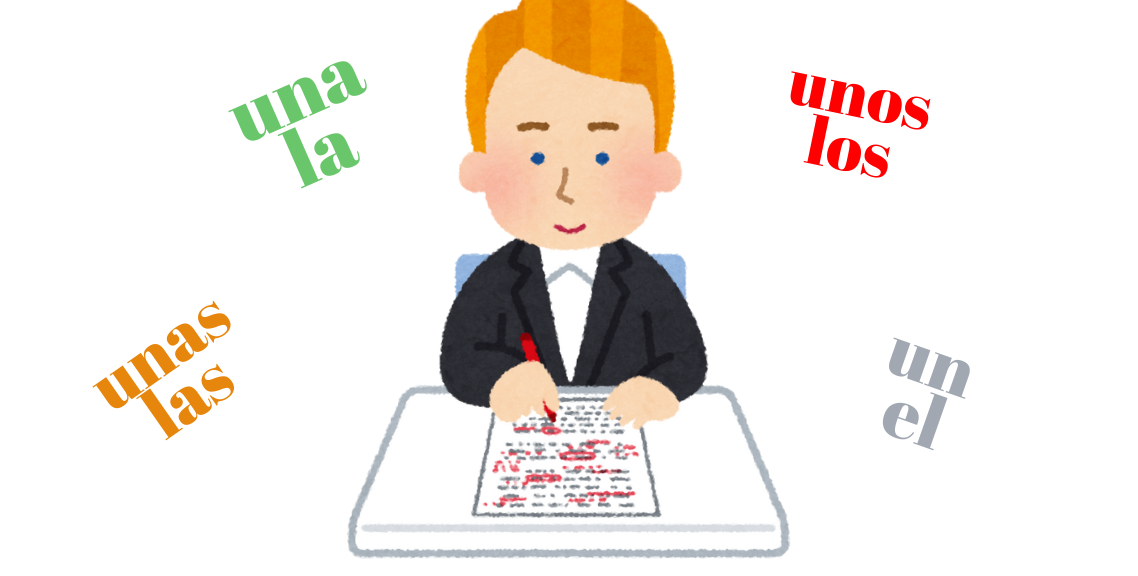María es la más alta: the superlatives
uperlatives are the way in which, in Spanish and in all the languages I know, a quality shows its highest or lowest expression. I also assume that they exist in all languages. Moreover, they are very commonly used. In Spanish, there are two forms of superlatives: relative and absolute superlatives. While there are some irregular adjectives, the rules are simple. In this article, we will review the rules for forming superlatives, the two types, and many examples. Let’s go!
Los superlativos relativos.
Thinking out loud while I write, in my humble opinion, this is the case of the true superlatives in Spanish, as it expresses that a noun possesses a quality in the highest or lowest degree compared to a group of comparable nouns. The general structure to build the superlative is:
noun + verb + definite article + (más/menos) adjective + de + definite article + noun
Relative superlatives of superiority.
They are used to indicate that the noun’s quality is the highest compared to the other members of the group. What determines that the superlative indicates superiority is the use of the comparative adverb más (more).
María es la más alta de las chicas. María is the tallest of the girls.
The adjective, as in all cases in Spanish, matches the noun it describes in grammatical gender and number. In this example, alta (tall) describes María. Likewise, the definite articles also agree with the nouns they precede in both grammatical gender and number. Let’s look at the same example with a masculine grammatical subject:
Mario es el más alto de los chicos. Mario is the tallest of the boys.
The second noun can be omitted if, based on the context, it is unnecessary to mention it because it is understood.
María es la más alta. María is the tallest.
If you want to place more emphasis on the quality rather than the noun possessing it, the word order of the sentence can be altered. The latter is quite flexible in Spanish, and generally, what is placed first is emphasized:
La más alta de las chicas es María.
Relative superlatives of inferiority.
They are used to indicate that the noun’s quality is the lowest compared to the other members of the group. What determines that the superlative indicates inferiority is the use of the comparative adverb menos (less).
Este libro es el menos interesante de todos. This book is the least interesting of all. Again, the group can be omitted if the context allows: este libro es el menos interesante, and the quality can be emphasized: el libro menos interesante de todos es este.
Let’s look at some more examples of superlatives in general, and in the process, let’s introduce another possibility.
Esta es la película más interesante de todas. This is the most interesting movie of all.
Juan es el estudiante menos aplicado de la clase. Juan is the least diligent student in the class.
Este hotel es el más caro de la ciudad. This hotel is the most expensive in the city.
Es el libro menos complicado que he leído. It is the least complicated book I have read.
In the last case, after the superlative, there is a relative clause, something that is possible since in cases like this, the group can be omitted. The full sentence, including the group, could be, for example: es el libro menos complicado de todos los que he leído. It is the least complicated of all the books I have read.”
Irregular adjectives.
There are some adjectives that, when used in the superlative form, just like in the comparative form, have irregular forms. In these cases, the irregular form is used, omitting más or menos. They vary in singular and plural, but are the same in both grammatical genders. Let’s review the same examples we saw for the comparative form, but adapting them to the superlative form.
Bueno: mejor. Este restaurante es el mejor de la ciudad. Estos restaurantes son los mejores del mundo. Esta nadadora es la mejor de la competencia. Estas nadadoras son las mejores.
Malo: peor. Él es el peor de todos en matemáticas. Ellos son los peores de todos en matemáticas. La tormenta de ayer fue la peor de las que he visto. Las tormentas de este año fueron las peores de la última década.
Joven: menor. Él es el menor de mis hermanos. Mis primos son los menores de la familia. Mi madre es la menor de sus hermanas. Mis hermanas son las menores.
Viejo: mayor. Yo soy el mayor de mis hermanos. Ellos son los mayores del grupo. Mi tía es la mayor de sus hermanas. ¿Tus hermanas son las mayores de la clase?
Absolute superlatives.
The absolute superlative, instead of comparing the noun to a group, intensifies the quality independently of other comparable nouns. It is formed in two ways:
Sufijos ísimo/ísima/ísimos/ísimas.
By adding these suffixes to adjectives, we intensify them. For example, instead of saying that el examen fue difícil (the exam was difficult), we say that el examen fue dificilísimo (extremely difficult). Let’s look at the rules for forming these superlatives with these suffixes.
If the adjective ends in a consonant, except for a few exceptions that we will see below, we simply add the suffix: difícil, dificilísimo (extremely difficult), hábil, habilísimo (extremely skillful).
If the adjective ends in a vowel, we remove the vowel and add the suffix: alto, altísimo (extremely tall), corto, cortísimo (extremely short).
If the adjective ends in ble, we change ble to bil and add the suffix: noble, nobilísimo (extremely noble), amable, amabilísimo (extremely kind).
If the adjective ends in co, we change co to qu and add the suffix: flaco, flaquísimo (extremely thin), rico, riquísimo (extremely rich).
If the adjective ends in z, we change the z to c and add the suffix: feliz, felicísimo (extremely happy), veloz, velocísimo (extremely fast).
If the adjective ends in n or or, we add císimo/císima/císimos/císimas: joven, jovencísimo (extremely young), trabajador, trabajadorcísimo (extremely hardworking).
If the adjective ends in io or ia, we remove both vowels and add the suffix: amplio, amplísimo (extremely wide). But if the adjective ends in ío or ía (note the accent mark difference), we remove only the last vowel: frío, friísimo (extremely cold).
If the adjective ends in go, we replace the o with a u and add the suffix: largo, larguísimo (extremely long), amargo, amarguísimo (extremely bitter).
In the case of the irregular superlatives we saw earlier, these suffixes are added to the adjective, following the same rules. So, we say viejísimo (extremely old), jovencísimo (extremely young), malísimo (extremely bad) and… bonísimo (extremely good). Colloquially, the word buenísimo is much more commonly used, but it is not found in the RAE dictionary.
Use of adverbs.
Another way to form the absolute superlative is by using adverbs like muy (very). For example, instead of saying la comida está riquísima we can say la comida está muy rica, which conveys the same meaning. Other adverbs, such as increíblemente (incredibly), extraordinariamente (extraordinarily), etc., can also be used. Let’s look at some examples in both ways of forming absolute superlatives.
El agua está muy fría. El agua está friísima. The water ist very cold.
La clase fue muy interesante. La clase fue interesantísima. The class was very interesting.
El museo es muy grande. El museo es grandísimo. The museum is very big.
The adverbs bien (well) and mal (badly) do not admit the use of these suffixes; they only allow the use of adverbs.
Ella cocina muy bien, pero el cocina muy mal. She cooks very well, but he cooks very badly.
Finally, for the case of absolute superlatives formed with adjectives, these agree with the noun in gender and number.
El auto es lindísimo.
La casa es lindísima.
Los autos son lindísimos.
Las casas son lindísimas.
Absolute superlatives of adverbs.
Adverbs allow the use of absolute superlatives, and these can be formed in the same ways as with adjectives, following the same formation rules. The difference is that in this case, there is no agreement in gender and number when using the suffixes; that is, the formed word does not change.
El corre rápido. El corre muy rápido. El corre rapidísimo.
Ella corre rápido. Ella corre muy rápido. Ella corre rapidísimo.
Ellos corren rápido. Ellos corren muy rápido. Ellos corren rapidísimo.
Ellas corren rápido. Ellas corren muy rápido. Ellas corren rapidísimo.
Here are exercises to practice this topic. If you have any questions, feel free to ask me. Thank you for reading!






Leave a Reply